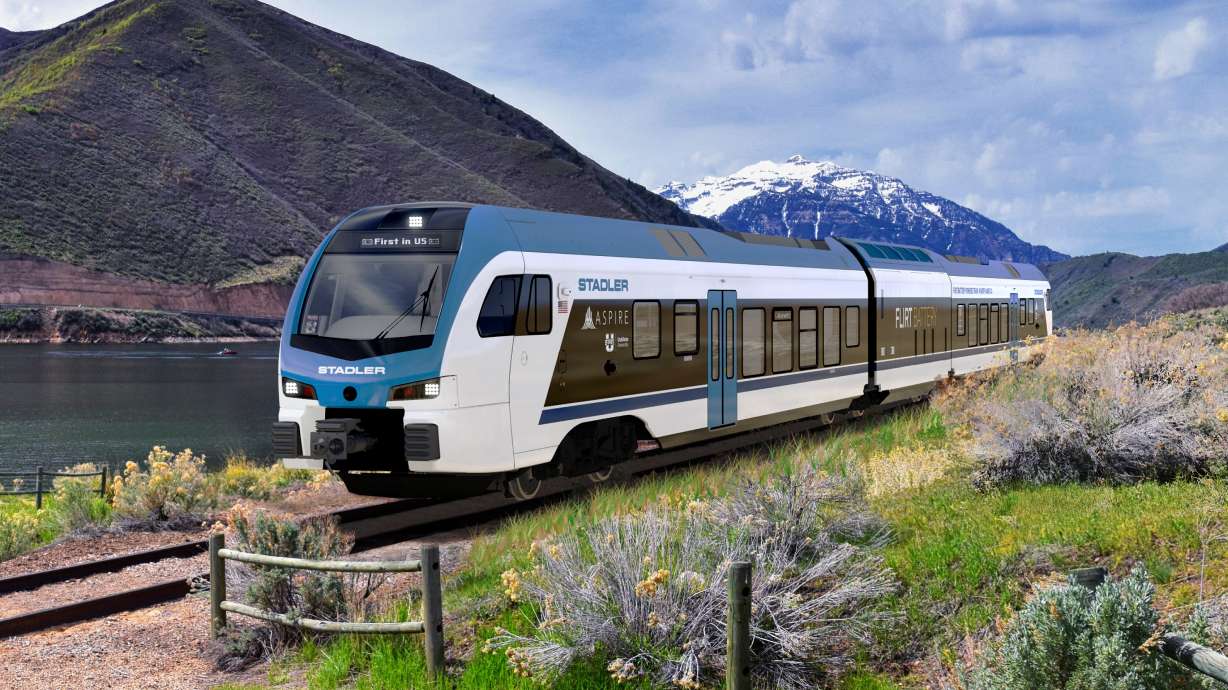Zero-emission trains built in Utah promise a cleaner future
Source: https://www.ksl.com/article/50582124/zero-emission-trains-built-in-utah-promise-a-cleaner-future
Author: Stadler
U.S. rail networks rely on diesel engines. Unlike Asian and European countries, most rail networks here are not equipped with overhead electrical lines. For many cities and transit agencies, the money needed to build an electrified rail infrastructure is simply not available. Even areas with existing electrical infrastructure face similar challenges. Retrofitting overhead contact lines and substations requires massive budgets and a lot of time. Fortunately, zero-emission trains were developed as an alternative to these costly proposals. Utah State University and the ASPIRE Engineering Research Center announced in February that they will partner with Stadler to develop and test a battery-powered passenger train in Utah. Indicative of Stadler's commitment to innovation, this train will be the first of its kind in North America. The goal of the project is to develop and build a battery-powered two-car-train set. The battery-powered FLIRT, a single-decker, lightweight train, is another solution for routes without end-to-end electrification. U.S. rail networks rely on diesel engines. Unlike Asian and European countries, most rail networks here are not equipped with overhead electrical lines. For many cities and transit agencies, the money needed to build an electrified rail infrastructure is simply not available. Instead of black plumes of smoke, the FLIRT H₂ emits only water vapor because it runs on an electric drive with hydrogen fuel cells as the energy source. This enables the FLIRT H₂ model to replace diesel trains on non-electrified or partially electrified lines for emission-free passenger transport.

